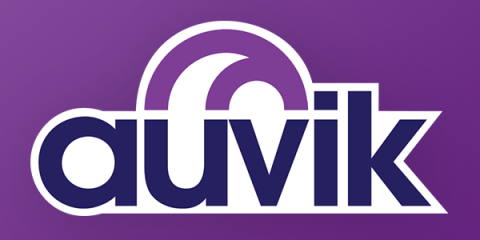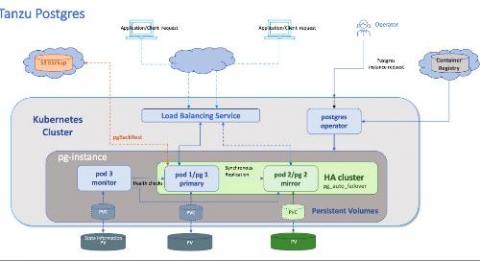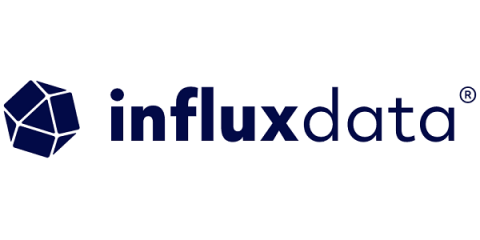Operations | Monitoring | ITSM | DevOps | Cloud
Latest News
Shipa Integration with CircleCI
Kubernetes can bring a wide collection of advantages to a development organization. Properly leveraging Kubernetes can greatly improve productivity, empower you to better utilize your cloud spend, improve application stability and reliability, and more. On the flip side, if you are not properly leveraging Kubernetes, your would-be benefits become drawbacks. As a developer, this can become especially frustrating when you are focused on delivering quality code, fast.
Considerations for Product-Led Growth in Enterprise Software
Product-led growth has become a popular go-to-market strategy in the digital age. In its superlative form, everything a company does from marketing, sales, operations, development and support is driven by and through the product. The goals are to make products easier to acquire, onboard, use and achieve quick time to value. The product-led growth market strategy revolves around the user and is best geared toward engaging with smaller accounts rather than large enterprise companies.
Configuring and Troubleshooting Multicast Protocols
A Migration of 1000 Workloads Starts with a Single...
You’ve heard that old Chinese proverb that says a journey of a thousand miles begins with a single step. It’s sound advice … except if the journey you’re talking about is the one from the data center to the cloud. With cloud deployment at the center of virtually any digital transformation effort, the journey itself can have a profound impact on the successful outcomes you seek at the destination. So you have to get it right. But what does that actually mean?
Filling gaps in Kubernetes observability with the Sensu Kubernetes Events integration
Kubernetes and its various APIs offer a wealth of information for monitoring and observability. In a recent webinar with the CNCF (as well as a whitepaper based on that webinar), Sensu CEO Caleb Hailey goes in-depth into the most-useful APIs for cloud-native observability. In this post, we’ll focus on the Kubernetes Events API — including why it matters and how it can add context for your observability strategy.
VMware Tanzu SQL, Now GA for Kubernetes: A Consistent Postgres Experience Everywhere
Data services—such as caches, messaging queues, and relational databases—are the backbone of applications. And when it comes to relational databases, Postgres is a pretty popular option. Its killer feature is its versatility. Natively and through plugins, Postgres supports a wide variety of data types, formats, and programming languages, which makes it useful for all kinds of applications, including text, geospatial, graph, and more.
InfluxData advances possibilities of time series data with general availability of InfluxDB 2.0
SAN FRANCISCO — November 10, 2020 — InfluxData, creator of the time series database InfluxDB, today announced the general availability of the next-generation open source platform for time series data, InfluxDB 2.0. Developers can now ingest, query, store and visualize time series data in a single unified platform, leverage new tools and integrations, and use familiar skills — making it faster and easier than ever to develop and deploy modern time-based applications.
InfluxDB 2.0 Open Source is Generally Available
Today, we are proud to announce that InfluxDB Open Source 2.0 is now generally available for everyone. It’s been a long road, and we couldn’t have done it without the amazing support and contributions of our community. This marks a new era for the InfluxDB platform, but it truly is just the beginning. Before we talk about the future, let’s take a look at some of the amazing new capabilities our team has been working on.
CybersecAsia Awards 2020 recognizes ManageEngine for its leadership in cybersecurity
ManageEngine’s Log360 was recently honored with the CybersecAsia Award for the Best User and Entity Behavior Analytics software application. The award certifies the important role, and the innovative technology brought to the table by Log360 over the past two years. Elevated cybersecurity risks currently experienced by organizations have driven the sudden adoption of the cloud and increased workforce mobility.










